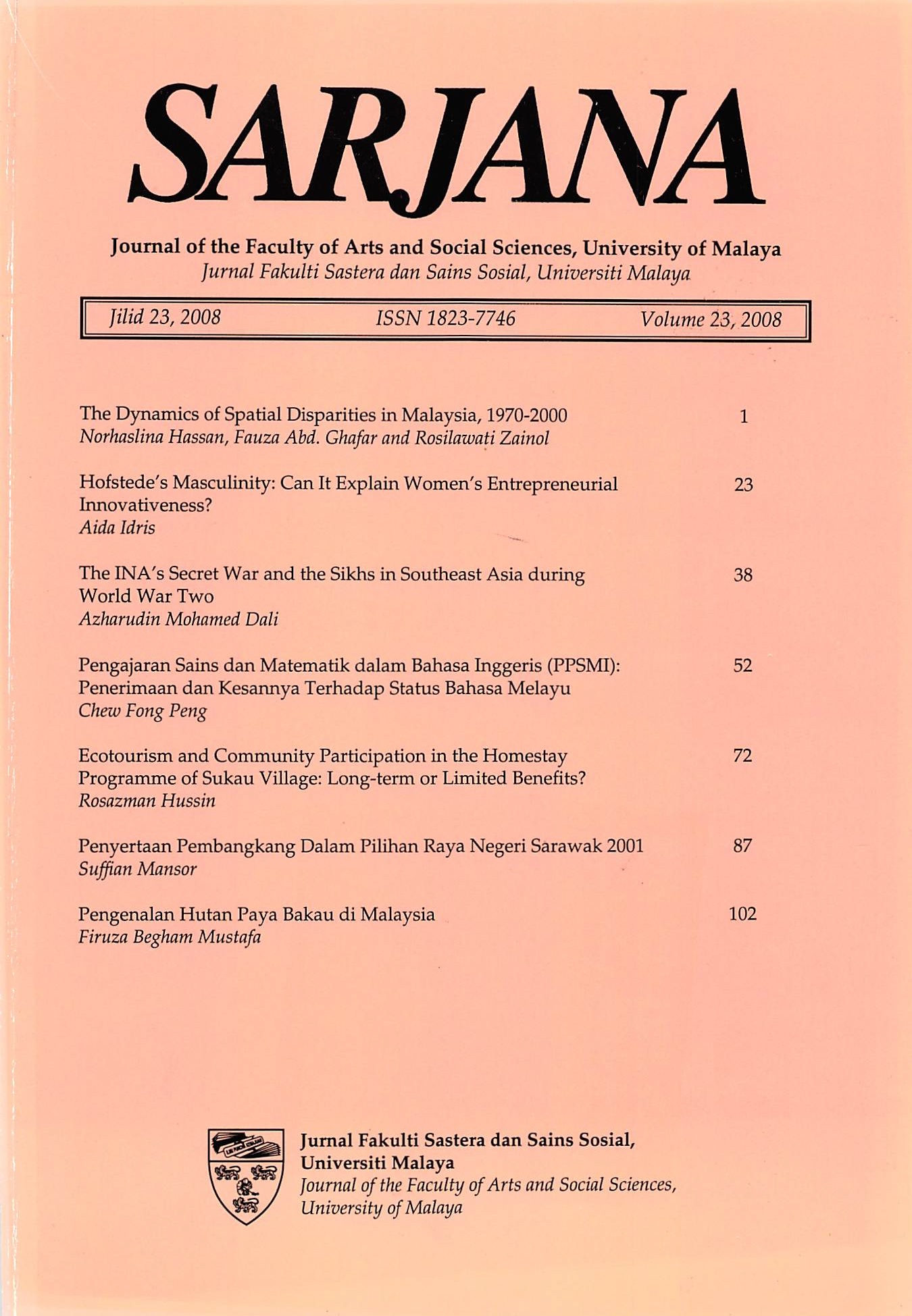THE DYNAMICS OF SPATIAL DISPARITIES IN MALAYSIA, 1970-2000
Main Article Content
Abstract
The underlying motive for intervention in the sense of region in Malaysian development planning is that regional boundaries tend to coincide with most economic, social and institutional spheres. In this context, regional planning was conceptualised and formally institutionalised in the Second Malaysia Plan, to be among the major instruments of New Economic Policy (NEP). Broadly, the NEP seeks to eradicate poverty irrespective of race and restructure Malaysian society so as to eliminate the identification of race with occupation and geographical location. After forty years of regional planning, however, it was pointed out clearly in the Eighth Malaysia Plan that regional disparities among states continue to exist despite above-average performance of the lagging states. The Third Outline Perspective Plan (2000-2020) further predicted that the growthÂoriented development strategies necessitated by globalisation will inevitably benefit some regions. Undoubtedly these would be the more established regions with well developed physical, social and economic infrastructures and facilities. This article seeks to establish the extent of spatial disparities in Malaysia and to demonstrate development trends in these disparities over the period of 1970-2000 using factor analysis and GIS. It will not be too surprising to see the persistence of development disparities despite the much theorised success of regional planning in the country.

